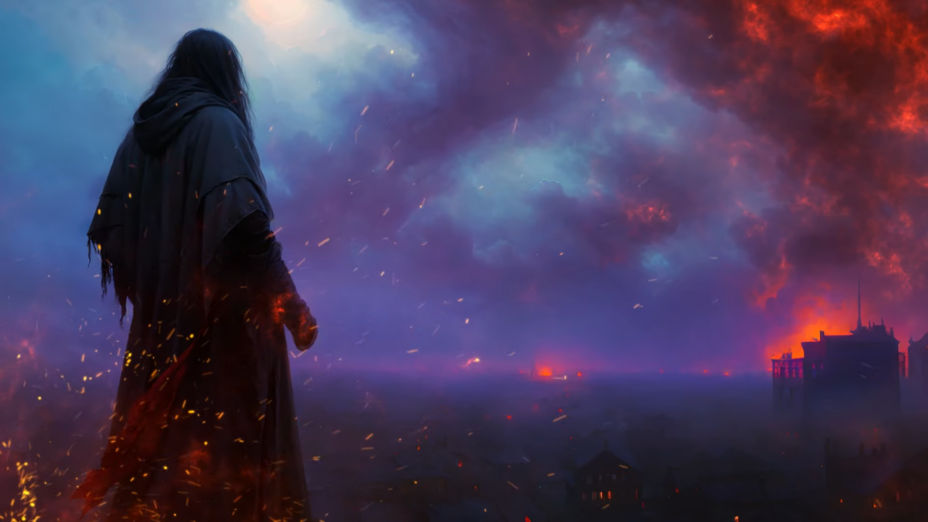Dark fantasy is a unique blend of horror and fantasy that creates rich, complex stories.
Unlike traditional fantasy, which focuses on heroic quests and magical adventures, dark fantasy explores the darker sides of human nature with a supernatural twist.
The tone is often somber and bleak, with themes of fear, despair, and the unknown.
In traditional fantasy, we see mythical creatures, grand kingdoms, and epic battles between good and evil.
Dark fantasy, however, blurs the line between hero and villain, with darkness permeating every aspect. Supernatural horror is central to the narrative, creating a haunting atmosphere that lingers long after the story ends.
Authors in this genre use vivid characters, intricate plots, and deep lore to craft stories that are both unsettling and captivating.
Dark fantasy provides a unique escape, allowing us to confront our deepest fears in the safety of a fictional world.
Defining Dark Fantasy
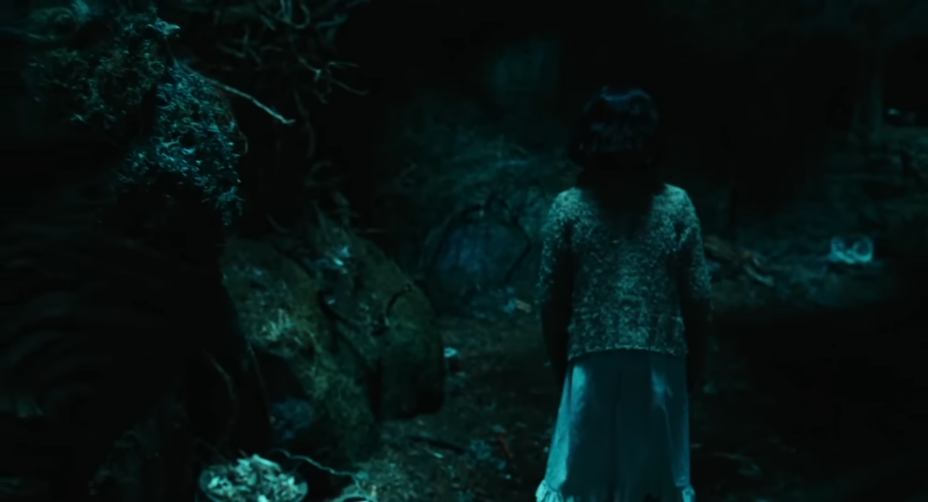
In dark fantasy, supernatural horror is integral. We see monsters, ghosts, and other dark entities disrupt normal life. Themes often revolve around the darker aspects of human nature, pushing boundaries with their grim and somber tones.
Unpredictability plays a key role, offering unexpected developments and high stakes that keep us engrossed. This genre’s storytelling is masterful, weaving intricate plots that are both engaging and unsettling for readers. Complex characters also define dark fantasy, often straddling the line between good and evil.
The origins of dark fantasy can be traced back to early 20th-century writers like Gertrude Barrows Bennett, regarded as a pioneer of the genre. Later, authors such as Charles L. Grant and Karl Edward Wagner further shaped the genre, though with differing styles.
Dark fantasy’s historical roots are entwined with the broader fantasy and horror genres. By intertwining mythical elements with Gothic horror, dark fantasy achieves a unique narrative style. This blending of mythical and Gothic elements has drawn a dedicated following and helped establish a distinctive literary tradition that continues to evolve.
Traditional Fantasy Overview
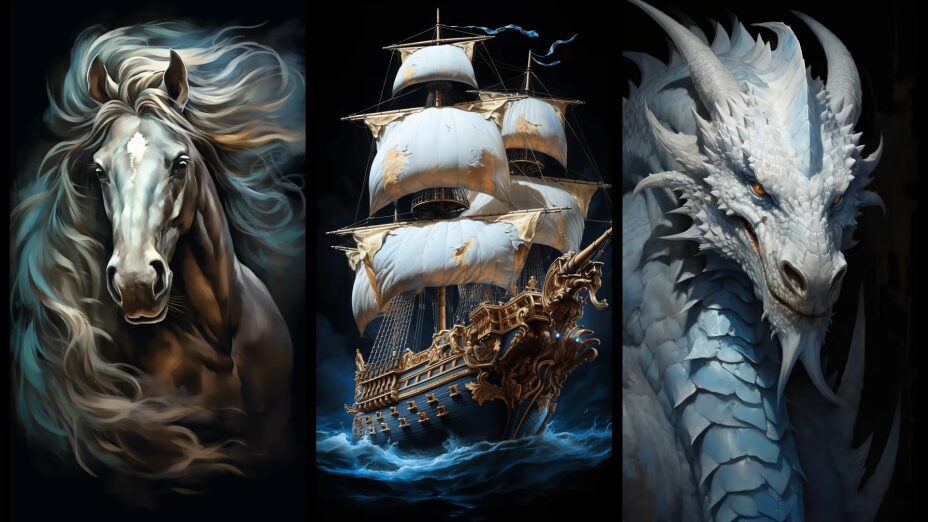
Traditional Fantasy is marked by its adherence to certain established tropes and settings. It often features mythical creatures, heroic quests, and complex magical systems. This genre has evolved significantly over the years, adapting to societal changes while maintaining its core elements.
Key Characteristics
- World-Building: Traditional Fantasy usually takes place in meticulously crafted worlds. These settings often draw inspiration from medieval Europe, with castles, knights, and rural villages.
- Mythical Creatures and Races: Common inhabitants include dragons, elves, dwarves, and trolls. These creatures are integral to the narrative and add depth to the world.
- Heroic Quests: Central to many traditional fantasy stories are epic quests undertaken by heroes or groups of adventurers. These quests often involve battling evil forces, retrieving magical artifacts, or saving kingdoms.
- Magic Systems: Magic is a key component, governed by a set of rules. Wizards, witches, and magical beings often play crucial roles in the storyline.
- Moral Themes: The genre often explores themes of good versus evil, loyalty, and sacrifice. The heroes typically embody virtuous qualities, standing in stark contrast to the villains.
Evolution of Traditional Fantasy
- Early Influences: Early works such as J.R.R. Tolkien’s “The Lord of the Rings” and C.S. Lewis’s “The Chronicles of Narnia” laid the foundations. They introduced many elements now considered standard in the genre.
- Modern Adaptations: Over the years, traditional fantasy has adapted to reflect changing societal values. Authors have expanded the genre to include more diverse characters and perspectives.
- Blending of Genres: Contemporary works often incorporate elements from other genres like romance, science fiction, and horror. This blending has broadened the appeal and relevance of traditional fantasy.
- Technological Impact: The rise of digital media and the internet has transformed how traditional fantasy is consumed, with e-books, audiobooks, and online communities playing significant roles.
Contrasting Dark and Traditional Fantasy
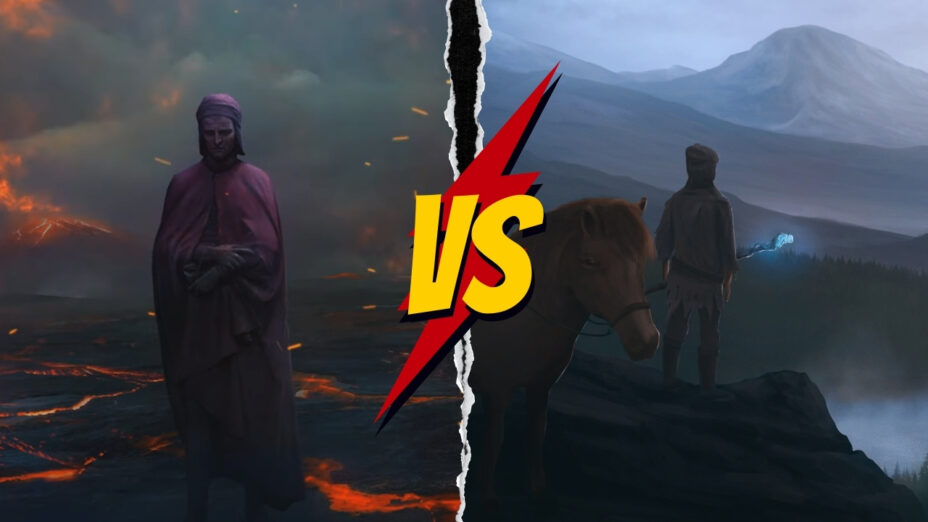
Themes and Tone
Dark fantasy often embraces a bleak and somber atmosphere. It combines elements of horror and supernatural fiction, creating a sense of dread and unease. Characters frequently face morally ambiguous choices, and the settings reflect a world shrouded in darkness and decay.
In contrast, traditional fantasy generally invokes a sense of wonder and idealism. It features clear-cut battles between good and evil, with characters going on heroic quests. The tone is often uplifting, and the worlds are colorful and richly detailed with magical elements.
Protagonists and Antagonists
In dark fantasy, the line between hero and villain is frequently blurred. Protagonists may possess questionable morals, and their flaws are often highlighted. They navigate worlds where the distinction between good and evil is not always clear, leading to complex character dynamics.
Traditional fantasy, on the other hand, tends to feature heroic protagonists who embody virtues like bravery and honor. Antagonists represent the quintessential evil, often opposing the protagonist in a straightforward battle between good and evil. This clear delineation provides a sense of moral clarity and purpose.
World-Building Differences
World-building in dark fantasy typically includes gothic and macabre elements. Landscapes are often desolate, filled with ancient ruins, and teem with supernatural creatures. The settings evoke a sense of horror and wonder simultaneously, providing a backdrop that is as critical as the characters themselves.
In traditional fantasy, worlds are often vibrant and expansive, with civilizations that have rich histories and mythologies. The environments are varied—ranging from lush forests to towering castles—and are built to evoke an epic sense of adventure. Magic and mythical creatures are prevalent, contributing to the fantastical atmosphere.
Narrative Techniques in Dark Fantasy
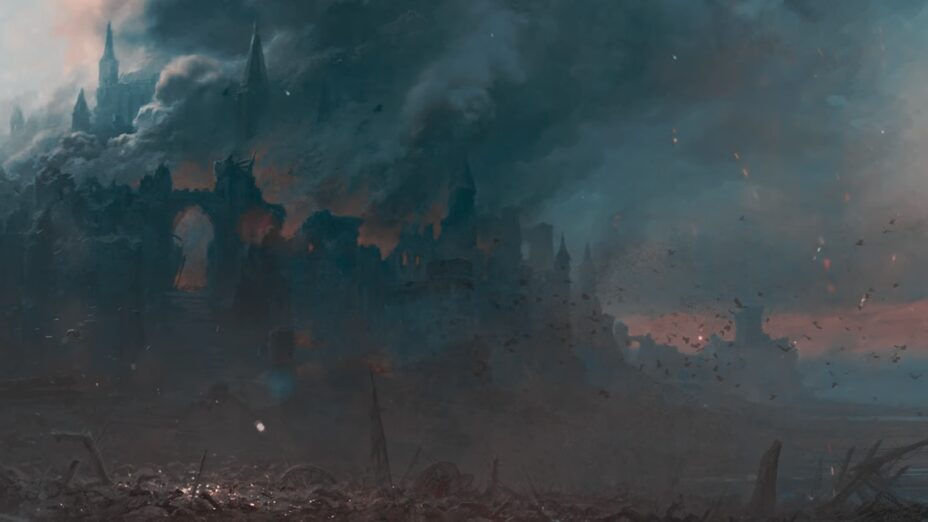
In dark fantasy, we often see a fusion of horror and fantasy elements that create a unique and immersive experience. The narrative typically employs atmospheric worldbuilding to evoke a sense of dread and mystery.
Unlike traditional fantasy, which might focus on epic quests and heroic deeds, dark fantasy frequently features morally ambiguous protagonists. These characters often grapple with inner demons and complex motivations.
Dark fantasy narratives often utilize unreliable narrators, leading readers to question what is real. This technique keeps the tension high and the story unpredictable.
Symbolism and motifs are heavily used to underscore themes of darkness and fear. For instance, the recurring imagery of shadows, blood, and decay enriches the unsettling atmosphere.
Dialogue in dark fantasy is typically laden with foreboding undertones. Conversations often hint at hidden dangers and untold histories, adding layers of depth to the narrative.
Flashbacks and nonlinear storytelling are common techniques used to reveal a character’s dark past gradually. This method keeps readers engaged as pieces of the puzzle are slowly unveiled.
We also notice a significant emphasis on internal monologues and character introspection. By looking into the characters’ thoughts, the narrative explores their fears, doubts, and desires, making the story more intimate and psychologically rich.
Dark fantasy often includes graphic and visceral descriptions. This vivid imagery, combined with supernatural horror elements, creates a powerful emotional impact on the reader.
These narrative techniques collectively make dark fantasy a captivating genre that challenges traditional storytelling conventions.
Critical Reception and Analysis
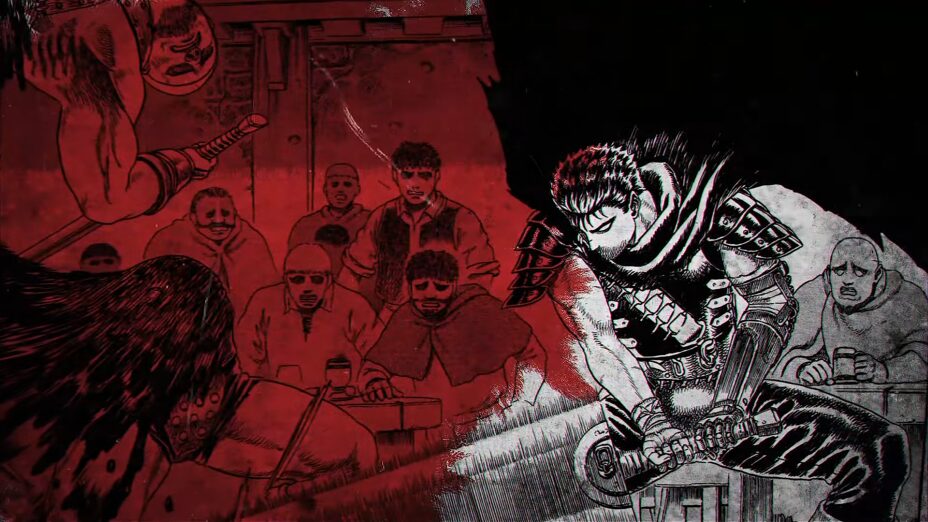
Dark Fantasy has garnered a dedicated following over the years. Its blend of horror and fantasy offers a unique appeal. Readers and critics alike appreciate the genre’s ability to craft unpredictable plotlines and complex characters that keep them engaged.
Literary critics have praised Dark Fantasy for its rich storytelling. The unpredictability and art of storytelling in this genre can leave readers on the edge of their seats. This effect is heightened by its supernatural elements and dark themes.
Film adaptations have also received attention. Dark fantasy films mix fantastical elements with darker themes such as death and the supernatural. This genre of film often stands out for its distinct visual style, adding to the overall dark and eerie atmosphere.
Several prominent authors in this genre have been recognized for their impressive contributions to literature. Stephen King and Neil Gaiman are notable examples whose work is often highlighted in reviews for their strong character development and intricate plots.
However, Dark Fantasy is not without its critics. Some argue that its bleak and somber tone can be overwhelming. Despite this, the genre remains popular for those seeking something beyond the traditional high fantasy’s escapism.
We can see a steady rise in dedicated followers who appreciate the genre for its ability to explore darker aspects of human nature.

